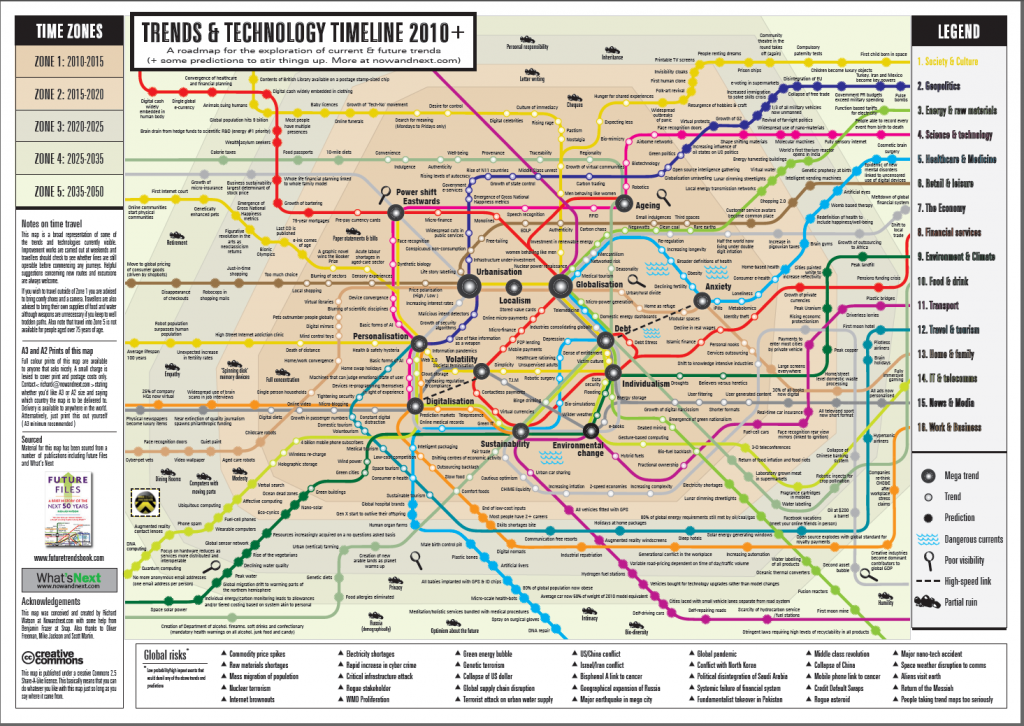Acceptable Discomfort is Better than None
Acceptable discomfort is what you tolerate in the spirit of moving forward. In matters of work it might be about a launch, or an initiative. Closer to home it may be about vacationing or home projects on the way to growing old together. Think about the alternative. What if you halted forward progress at each step where you had some discomfort? You would become a puppet master of inaction.
If a particular issue or item is too uncomfortable, then ask yourself why. What does this matter so much to me? Is it so important that you should halt progress? Often, you’ll find that it is more important to move forward than to declare a shutdown. Remember, perfection is the enemy of good enough.
 Acceptance does have ramifications, however. It means you might not get to vote on each item, every time. It means you won’t be able to inspect every nail driven, every line of code, every written word. You won’t review every spoken promise and supervise all interactions. It also means that decisions don’t get undecided when somebody on the team voices dissent. It means you’ll move forward even when you don’t have perfect information. And, you’ll likely do so at a pace that is too fast for complete comfort. You’ll trust where previously, you didn’t. But, it’s all going to be OK.
Acceptance does have ramifications, however. It means you might not get to vote on each item, every time. It means you won’t be able to inspect every nail driven, every line of code, every written word. You won’t review every spoken promise and supervise all interactions. It also means that decisions don’t get undecided when somebody on the team voices dissent. It means you’ll move forward even when you don’t have perfect information. And, you’ll likely do so at a pace that is too fast for complete comfort. You’ll trust where previously, you didn’t. But, it’s all going to be OK.
 If we didn’t have acceptable discomfort there would be little progress. Think about the project that never completes, the product that never launches, or the organization that spits and sputters like an old junky engine. Think of the U.S. Congress and the bickering and obstruction that halts human progress and retards the economy.
If we didn’t have acceptable discomfort there would be little progress. Think about the project that never completes, the product that never launches, or the organization that spits and sputters like an old junky engine. Think of the U.S. Congress and the bickering and obstruction that halts human progress and retards the economy.
You’ll get far more done together if you embrace the notion of acceptable discomfort. And, the feelings you’ll share when you reach your destination together will be far better than the feelings you’ll have with inaction.
about the author

Gregory Olson is a consultant, speaker, and author. His latest book project is l’ impossi preneurs: A Hopeful Journey Through Tomorrow.
Connect with Greg on LinkedIn, Facebook, or Twitter.
Greg also authored, The Experience Design Blueprint, a book about designing better experiences and then making them come true. Exercises and mental models in the book will build your confidence in envisioning better possibilities and your competence in making them come true. Chapters in The Experience Design Blueprint, that pertain to this post include:
- Chapter 7: Improving the Journey
- Chapter 9: The Neighborhood
- Chapter 11: Barriers to Innovation and Overcoming the Wall
- Chapter 13: Taking Flight
- Chapter 15: From Argh to Aha!
See a book summary. Read the book reviews on Amazon. Read The Experience Design Blueprint on Kindle or any device using the free Kindle Reader application or read the full color print edition.




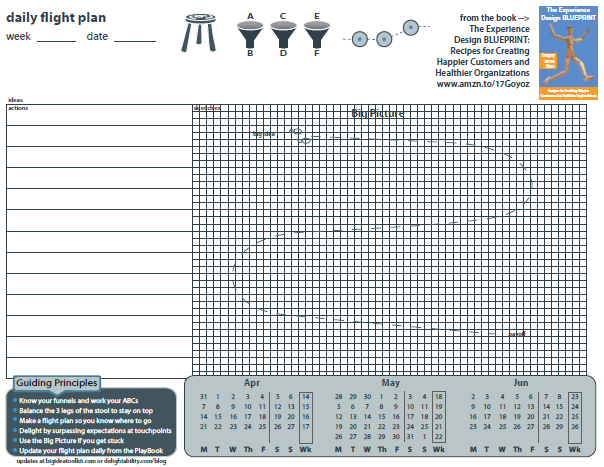

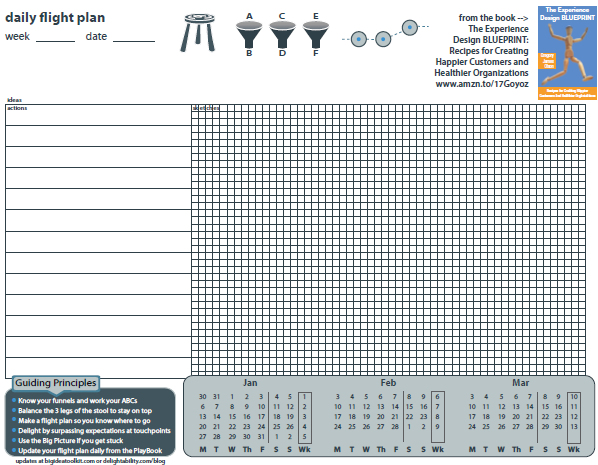
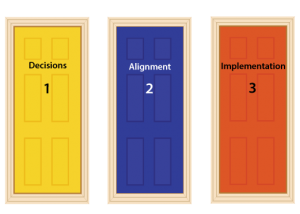
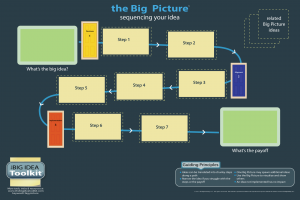
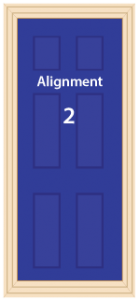
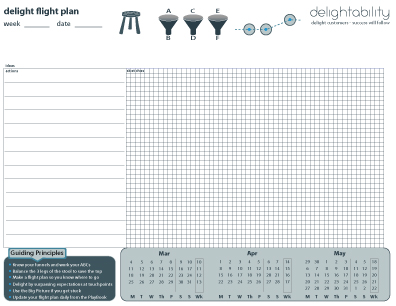
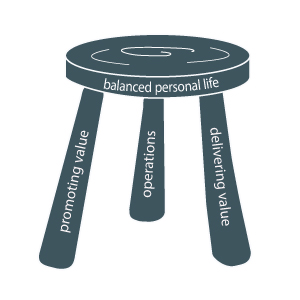
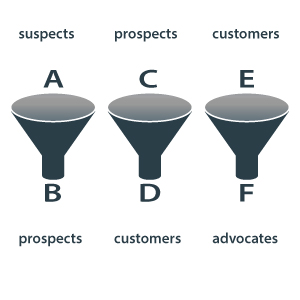
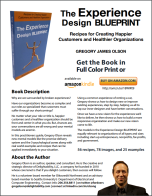

 Everything has changed, but you’re still executing on the old strategy? Chances are you’ve been too busy to re-examine your strategy, let alone change course. Like most organizations you’ve completed your annual planning and you’re on cruise control –Set it and Forget. Of course, you’ll revisit the strategy in next year’s annual planning session. But what happens when you’re cruising down the road and a competitor, customer, partner, or legislation throws the proverbial monkey wrench in your spokes. Right – your organization will react to it when you encounter that problem. If that is what you believe, then you’ve fallen into the trap. That’s the thing, you can only react to those things you are aware of. Most things that erode your business are more subtle than the abrupt, spoke shearing monkey wrench. Think of a hidden killer like pancreatic cancer. You don’t have years of leading indicators. When it is too late, it is sadly, too late.
Everything has changed, but you’re still executing on the old strategy? Chances are you’ve been too busy to re-examine your strategy, let alone change course. Like most organizations you’ve completed your annual planning and you’re on cruise control –Set it and Forget. Of course, you’ll revisit the strategy in next year’s annual planning session. But what happens when you’re cruising down the road and a competitor, customer, partner, or legislation throws the proverbial monkey wrench in your spokes. Right – your organization will react to it when you encounter that problem. If that is what you believe, then you’ve fallen into the trap. That’s the thing, you can only react to those things you are aware of. Most things that erode your business are more subtle than the abrupt, spoke shearing monkey wrench. Think of a hidden killer like pancreatic cancer. You don’t have years of leading indicators. When it is too late, it is sadly, too late.